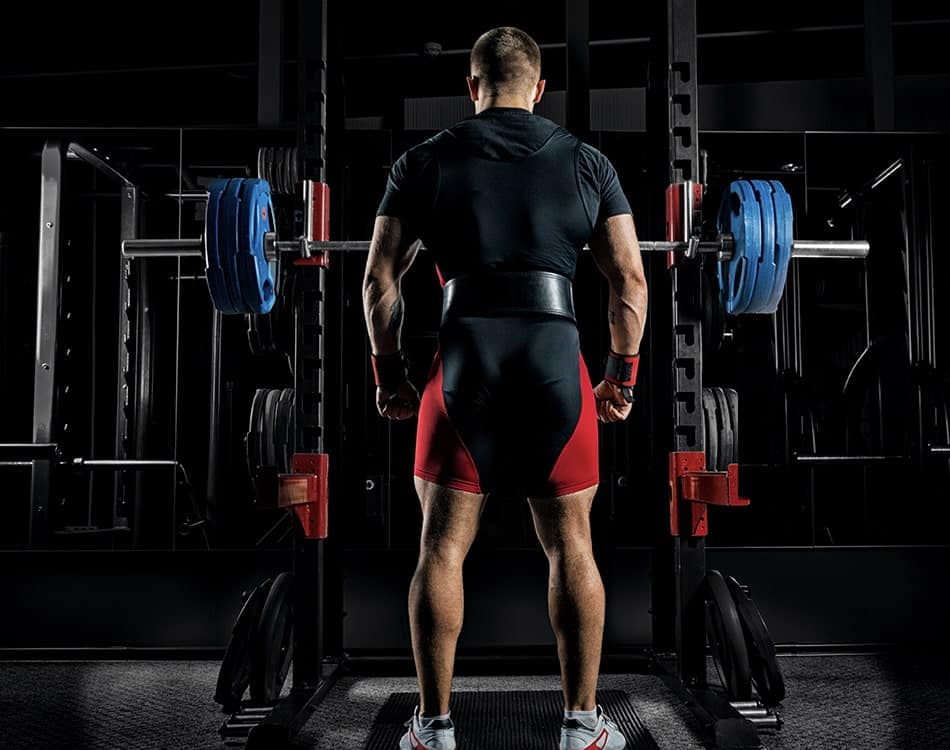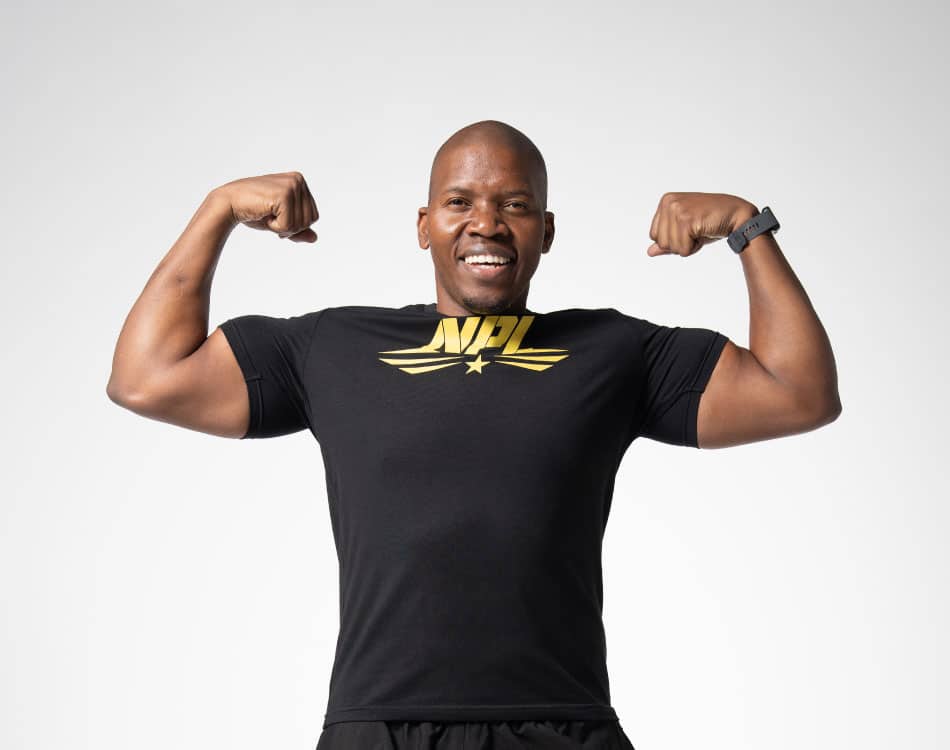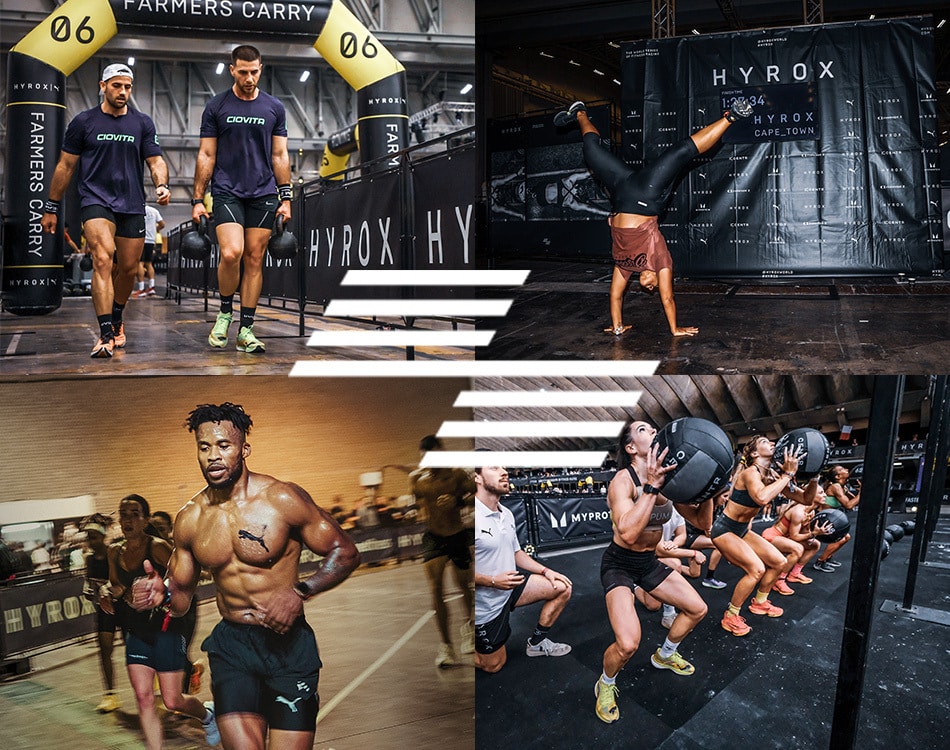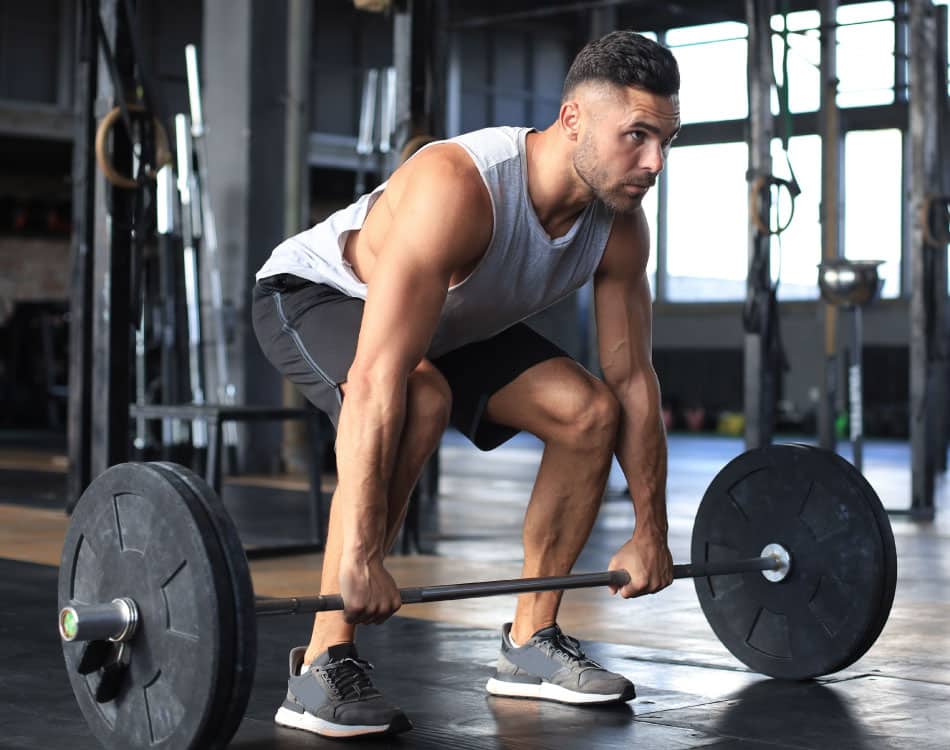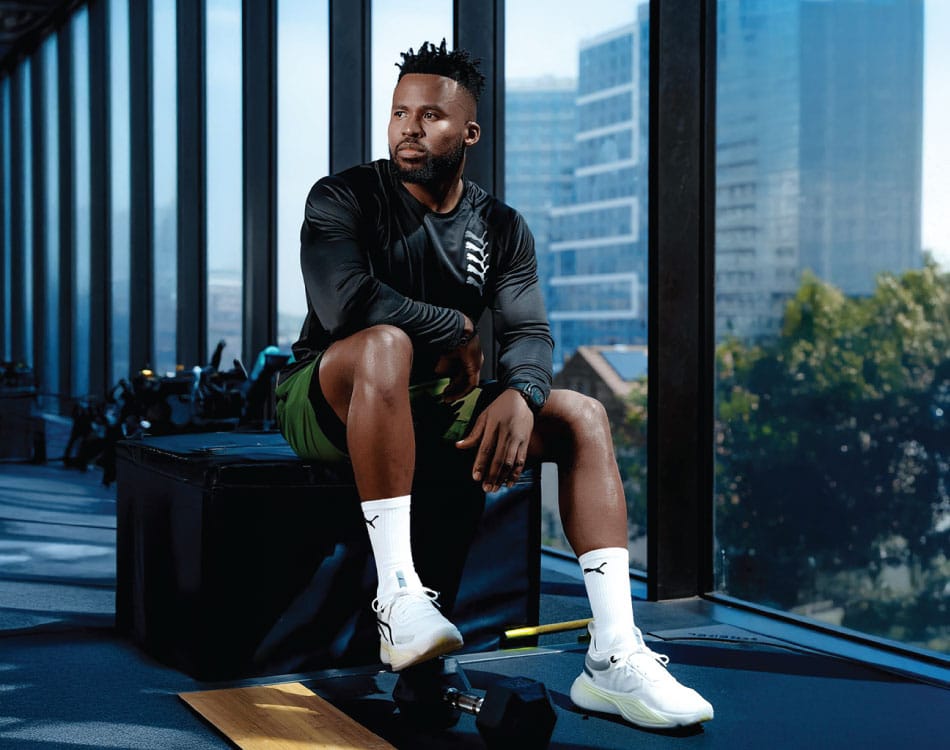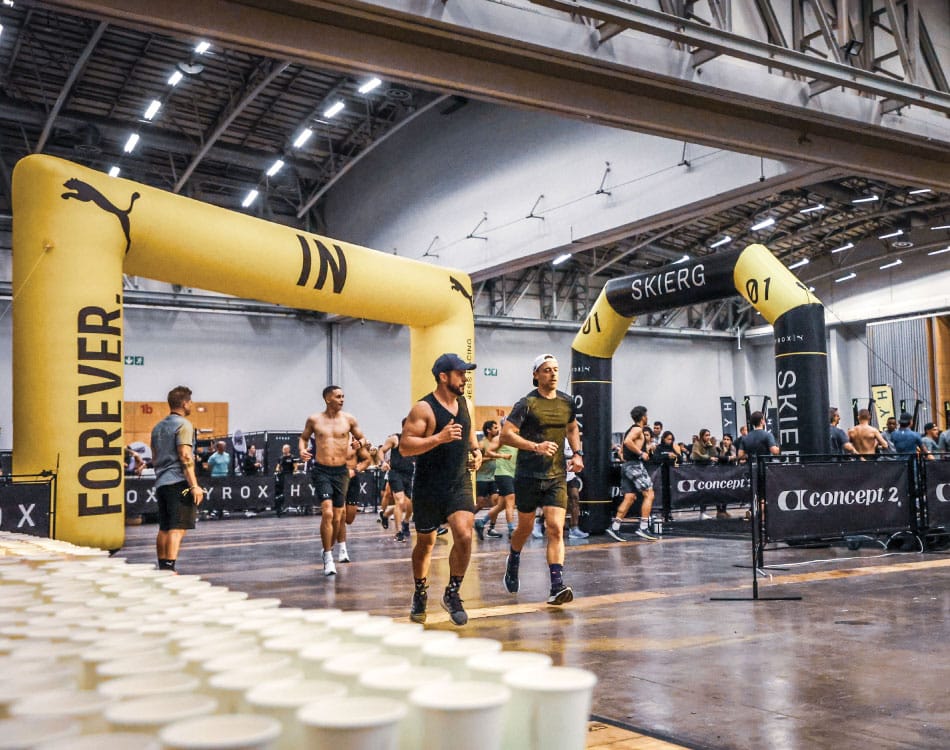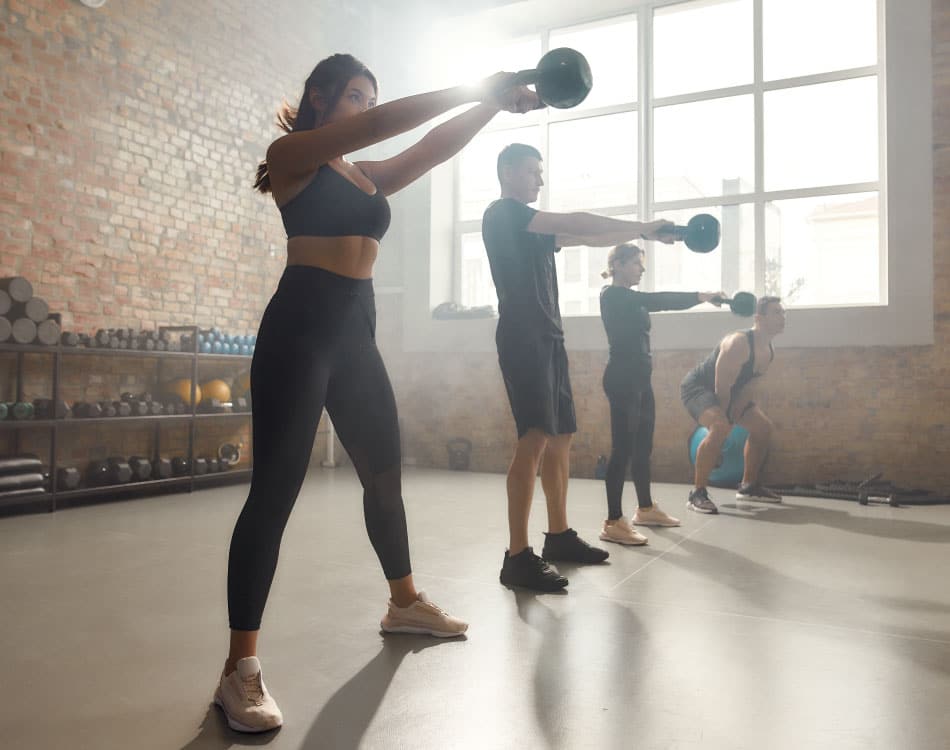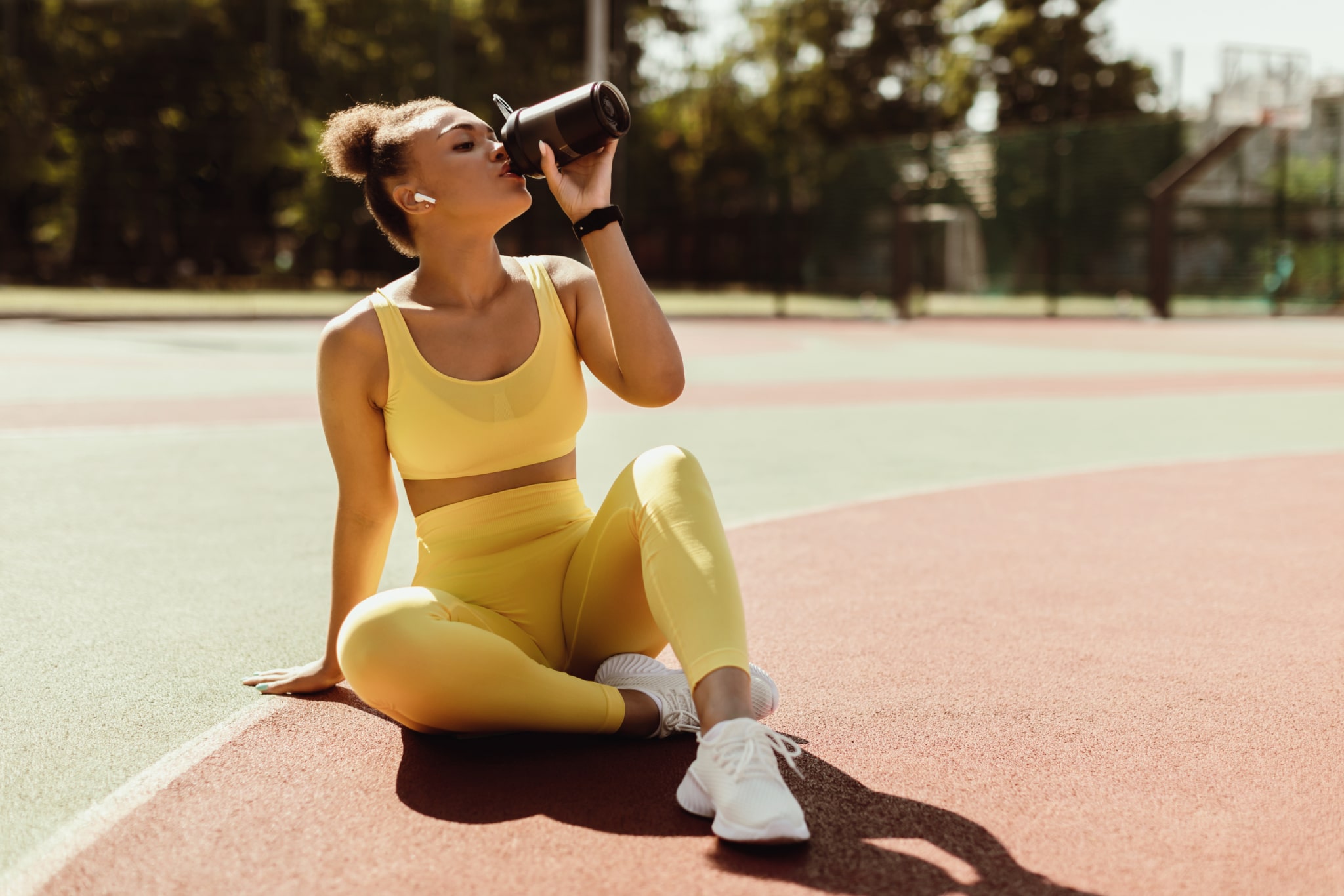You need to squat heavy to achieve serious gains in size and strength, but you also need to squat safely, using impeccable form and engaging the right muscles to avoid pain and injuries.
If squatting has literally become a pain in major joints like the hips, knees or ankles, you may need to take a step back to resolve the issue before a serious injury occurs.
Defining the movement
The squat is a complex compound exercise that incorporates multiple joints and activates numerous muscles, from primary movers like the quads and glutes to stabilisers such as your core, hamstrings and calves.
It’s predominantly a hip extension exercise. The major emphasis is placed on the quads during the concentric phase of the exercise – extending up into the standing position – and the glutes during the lowering (eccentric) phase.
Other important biomechanical elements to consider include your head position, the hip hinge, knee bend and foot position. That means there may be multiple causes of your discomfort.
Dr Matthew Levine, a chiropractor at The Chiro Practice in Johannesburg, explains that core stability is vital to prevent the lower back-hip complex from buckling under stress and to return to equilibrium after it has been disturbed.
“An active core during squats is essential to prevent injury as it keeps your centre of gravity central in your base of support or stance, which prevents you from exerting abnormal stress through your joints.”
The squat basics
Before squatting, it’s important to get the basics right. This starts with positioning the loaded barbell properly.
Here’s how: Place it across your upper back (not on your neck) for back squats, or on the front of your shoulders with your elbows up for front squats (pictured).
Levine adds that ideal squat biomechanics relies on keeping the bar above your centre of gravity throughout the movement. “Shoulder, elbow, hip and ankle mobility can be limiting factors.”
Tight, immobile shoulders and elbows or a bar positioned incorrectly can shift the weight in front of your centre of gravity, he adds.
“This will force you into a bent-over position, which can place stress on joints. It also changes your biomechanics, which predisposes you to stiffness, discomfort and, eventually, injury. Chest and shoulder stretches and mobility exercises can address this.”
Your feet should be hip-width apart with your toes pointing forward or slightly outward. You’re now ready to squat.
Control the weight
The issue: A loss of control during the eccentric or lowering phase.
Don’t just descend. Hinge at the hips to drop your glutes back and down. And don’t initiate the movement by bending the knees first, as this places excessive stress onto these hinge joints, which aren’t strong enough to support the weight.
Use your glutes to control your descent. Weak glutes can cause a forward torso lean, which when combined with inadequate glute strength to stabilise the movement, often results in an anterior pelvic tilt. This compensation pattern can result in lower back pain or, worse, injury.
The fix? Engage in glute activation and strengthening rehab work to create the strength needed to squat pain-free.
Going deep
The issue: An inability to perform a deep squat. This is a sign of poor mobility, which can shift the stress onto the lower back or hip area, or the knees and ankles as you compensate.
You should aim to squat down beyond the point where your legs are parallel with the floor. Unless there’s a serious injury, pain or biomechanical issue, there is no reason why you can’t get into the deep squat position.
“The ‘butt-wink’ is a frequent mistake made during a squat, which happens when your glutes stop firing at the 90-degree angle and you drop an extra 20-30 degrees using only your lower back. This results from inadequate hip and ankle mobility and is a major cause of the back pain and stiffness,” explains Levine.
The fix? Improve hip and ankle mobility by stretching and foam rolling your hamstrings and hip-flexors. Increase ankle mobility with a stretch and hold in dorsiflexion. Your local chiropractor can also help to restore mobility and natural movement.
Powering out of ‘the hole’
From the deep squat position, you must rise up using a powerful hip extension. Contract your glutes to initiate the upward movement and push through your entire foot as you extend your legs and hips. Your knees must track your toes.
The issue: Any inward (valgus) collapse could cause your knee pain, which can happen for numerous reasons, including immobile hips due to tight hip flexors, limited ankle mobility (particularly dorsiflexion) or poor hip extensor neuromuscular activation.
Check your head
Your head position is also important. A level or neutral head position is best, rather than a downward or eyes-to-the-sky position.
The neutral head position also allows the chest to stay upright and the trapezius muscles to remain under the bar, which enhances whole-body biomechanics.
The other key form queues to remember include:
- Maintain an upright posture – don’t arch your back.
- Don’t extend your knees beyond your toes.
- Keep your heels on the floor.
- Distribute your weight evenly through both feet.
- Keep your knees slightly bent throughout.

